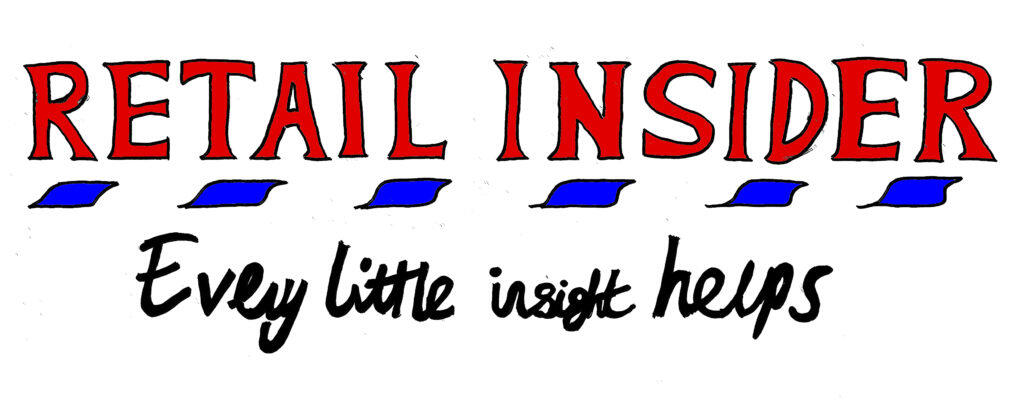Sustainable Fashion: The beginning of the end for limitless ordering?
Welcome to the latest column within our broader sustainability section, which focuses on what fashion retailing is doing to address the issues in its industry. This month’s column asks if rationing how much your customers can buy could ever be a good idea. Brought to you by Retail Insider with Clipper and Give Back Box.
If you have trouble defining your different marketing generations and regularly confuse your Silent Generation with your Generation Alpha then for the purposes of this column we will be talking about someone who hails from Generation Z, which begins roughly in the late 1990s and continues until the early 2010s. Ana Kannan is a 23-year-old fashion entrepreneur with a counter intuitive-sounding aspect to her sustainable clothing business, Toward, which she launched in 2021.
As part of her drive towards educating customers on sustainable consumption patterns she has just initiated a maximum order limit for her account holders – to be clear that is not a limit on the amount of items in any one order but a limit on how many different orders you can put through in a year. And it’s 12 so she doesn’t want to be hearing from her customers more than once a month. It’s currently an opt-in service rather than compulsory but it’s a typical Gen Z response to the problem of over-buying: yes we save and we want nice things but all this has to be good for the planet too.
It is also fully in line with the generally-held more conservative, less extravagant nature of Generation Z purchasers (they don’t really do reckless and don’t drink much alcohol or take drugs either apparently). So far so good. The very laudable idea is, of course, to encourage people away from the frenetically wasteful patterns of constant ordering and returning that is a way of life for so many customers.
Part of the downside of being the first digitally native generation is that organising everything online is so straightforward that it doesn’t need thinking about twice. And people really don’t. Returning goods ordered via websites is so easy, free and painless, and companies are so concerned to keep it effortless, that to find a retailer recalibrating that balance and asking for a modicum of restraint sounds revolutionary.
Kannan is, however, lucky that she works within the high-end sustainability sector. Faced with the price points that the brands she works with charge, most consumers can probably find it in their hearts to limit browsing to once a month. For those retailers at much lower ends of the market the constant churn of buy (in multiple sizes and colours) and return is a headache that just won’t go away. And much like discounting no one brand can afford to start putting in the kind of limits that Toward has for fear that customers will migrate over to competitors.
What most of the public does not realise is the vast wastage concerned with returning goods. While people may think that returning a £5 top means that in a number of days it will be immediately returned to the brand’s sellable inventory that is far from the case. It probably needs processing, cleaning and rewrapping and either shipping back to a physical shop or at least a separate warehouse from the returns centre. And for a £5 garment it just makes no economic sense to do it. The main players encountering the worst rates of returns might even have dedicated destroying facilities and write everything off against their tax.
The returns process at Toward is very different. All items must be unused and unworn and in its original packaging – so something that comes back to Kannan’s warehouse can be back on the virtual shelf very quickly indeed. Not every company will be able to get away with an order limit of the kind Toward has developed but surely at some point one of the big players will have to be commercially brave enough to say stop!
There have been individual attempts to curb the worst offenders but all very half-hearted and sometime ago. Perhaps now – with an even greater sense of the fragility of the world’s resources – it would make sense for those retailers to collectively sign up to some kind of strong accord agreement on rethinking the traditional returns model once and for all. And that’s a message to consumers that should be the same whichever generation you belong to.
Supported by:





